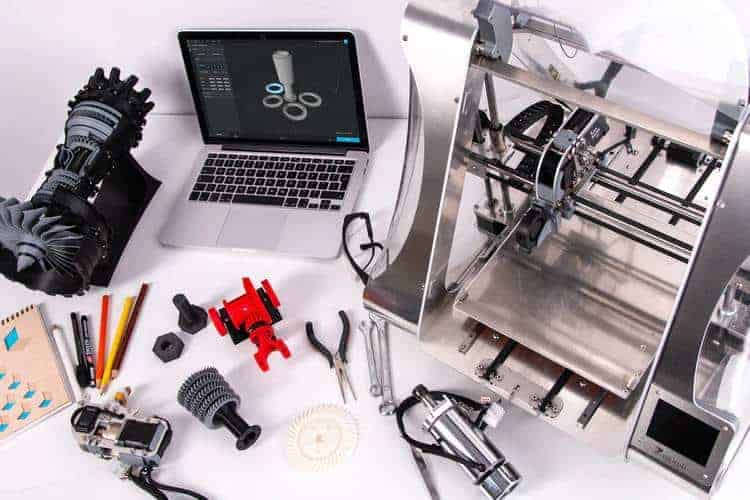Electrical discharge machining (EDM) is a thermoelectric method of removing metal from a workpiece through a series of sparks between the metal and the workpiece. It is considered a non-traditional method because it does not need mechanical force in the removal process, which is in the same way as laser cutting. An electric spark discharge (thus the name) is used as a cutting tool to cut (erode) a workpiece to a desired final shape in EDM. Thus, EDM has been the preferred method for complex and high-accuracy machining applications that would be difficult or impossible to perform using conventional metal removal processes.

Here, we’ll discuss more on what EDM is and how it is used.
Industrial Uses of EDM
Since the EDM uses is a high-energy consumption method that has primary applications in industries requiring highly precise outputs and for small-scale projects or projects that require limited batches. The process takes considerable time, which is why EDM manufacturing is not favored in large-scale projects, but it works great in high-accuracy projects and for working with hard metals such as tungsten carbide and titanium. Automotive and aerospace industries have made good use of EDM’s high-precision outputs in creating small engine pieces and moving parts. There are three different types of sub-processes of EDM: sinker EDM, wire EDM, and hole drilling EDM.
Wire EDM
Wire EDM, also known as wire erosion or wire spark EDM, is used for making precise cuts on metal on a workpiece using a thin wire. The wire is used as an electrode. During the wire EDM machining process, electrical discharge erodes by the wire and the workpiece so a spool of wire coming from an automated feed is used to provide a fresh discharge path. The thin wire is held by diamond guides to make high-precision cuts around the workpiece.
Sinker EDM
Sinker EDM, also known as RAM EDM, die sinker EDM, cavity type EDM, or volume EDM, allows users to create complex cavity shapes in tool and die applications. This EDM subprocess is used in making plastic injection molds and metal stamping dies. This method uses graphite or copper electrodes that are pre-machined to have the required shape. The process executes the shaping by sinking the electrode into the workpiece to attain the desired shape.
Hole Drilling EDM

Hole drilling EDM is used for creating accurate and precise holes that cannot be achieved by conventional drilling methods. Extremely small or deep holes can be processed using hole drilling EDM, and the finish is smooth, eliminating the need for deburring. Precise applications such as blind hole applications prefer the use of specialized hole drilling EDM to make accurate, precise, and smooth holes. The drilling process works by utilizing a rotating conductive tube as an electrode and a dielectric fluid to flush the cut.
When it comes to creating precise modifications of metal workpieces, EDM provides a perfect solution. Hardness is a problem that conventional machining processes find difficult to manage. EDM can work on precise shaping cutting and drilling projects on hard metallic workpieces. The smooth output of EDM processes reduces or eliminates the need for deburring and other post-processing or surface treatments. Thus, EDM can be considered as an asset in high-precision manufacturing processes.





